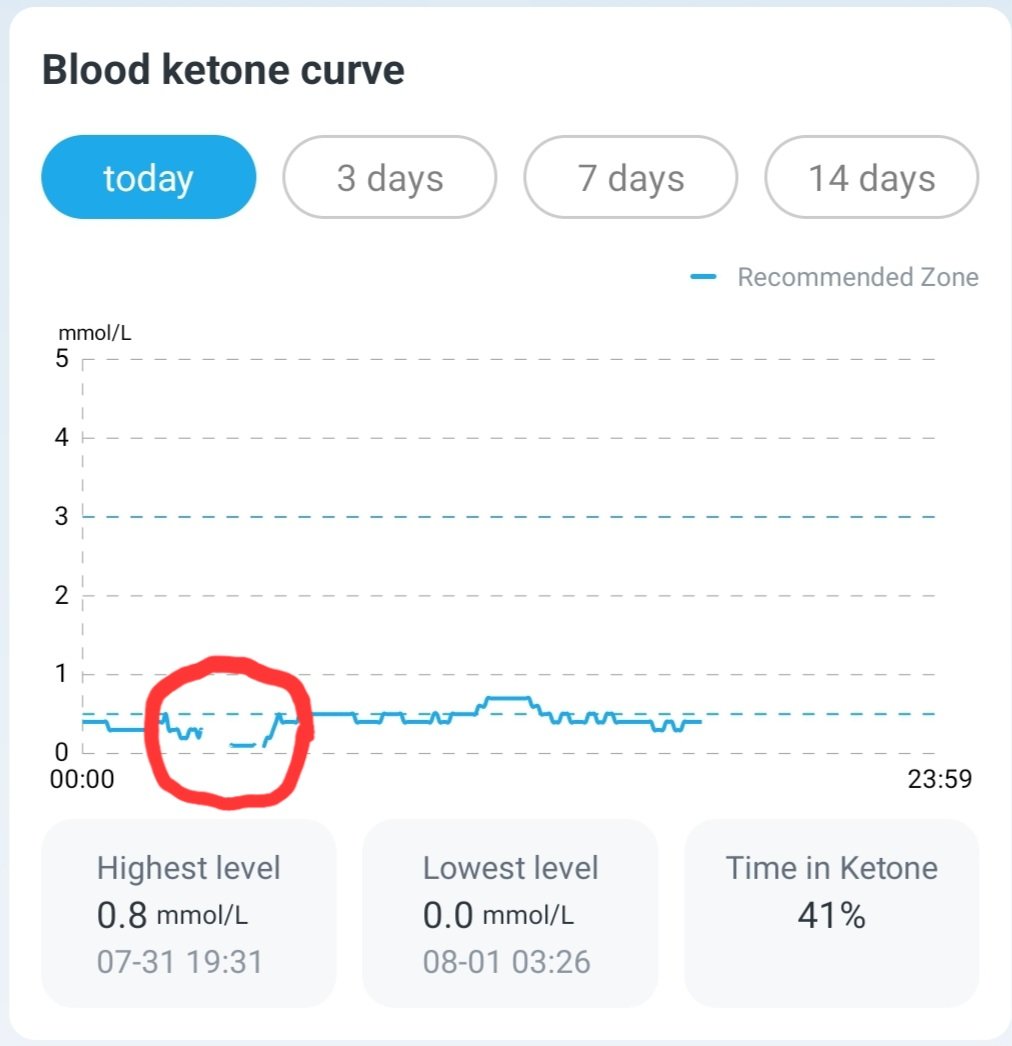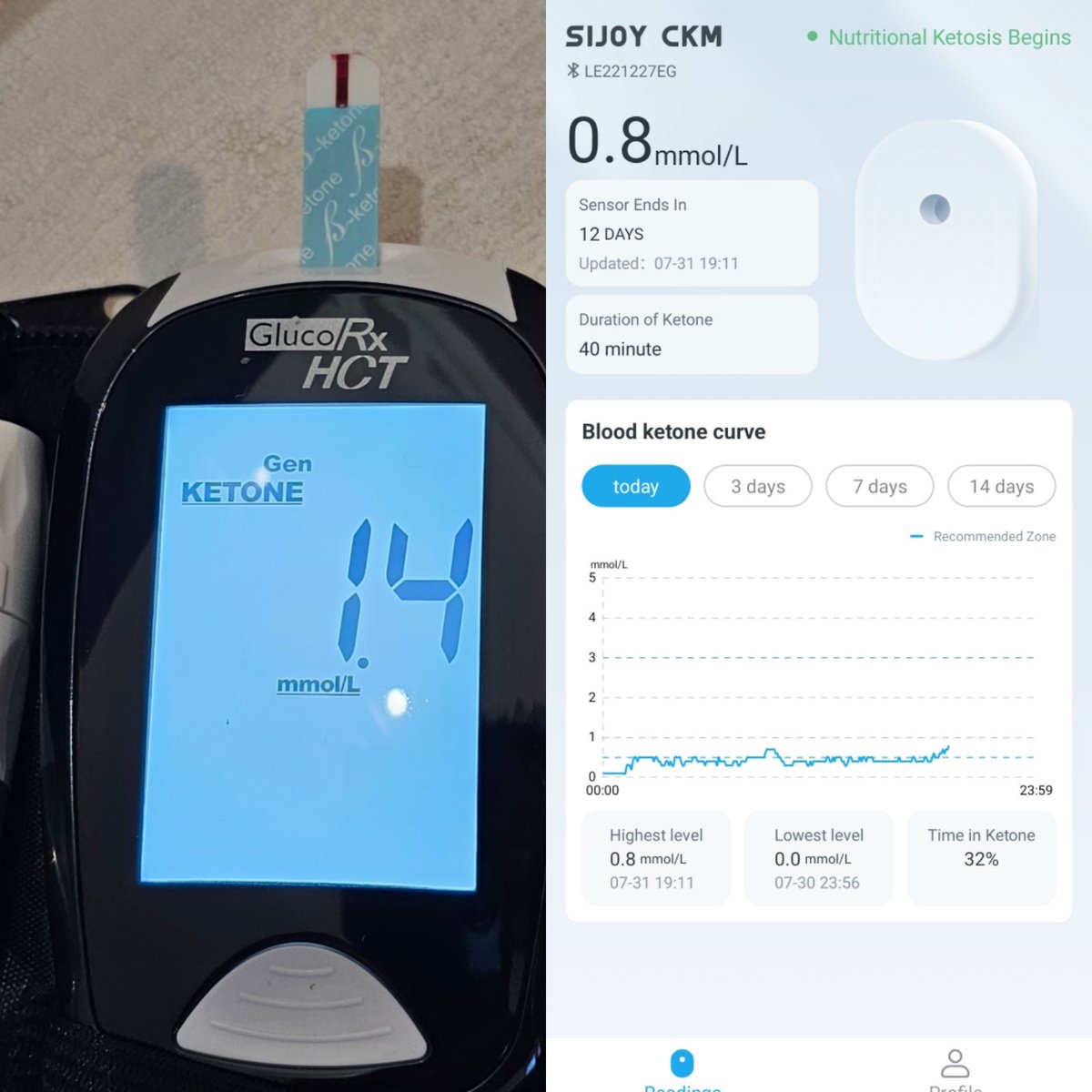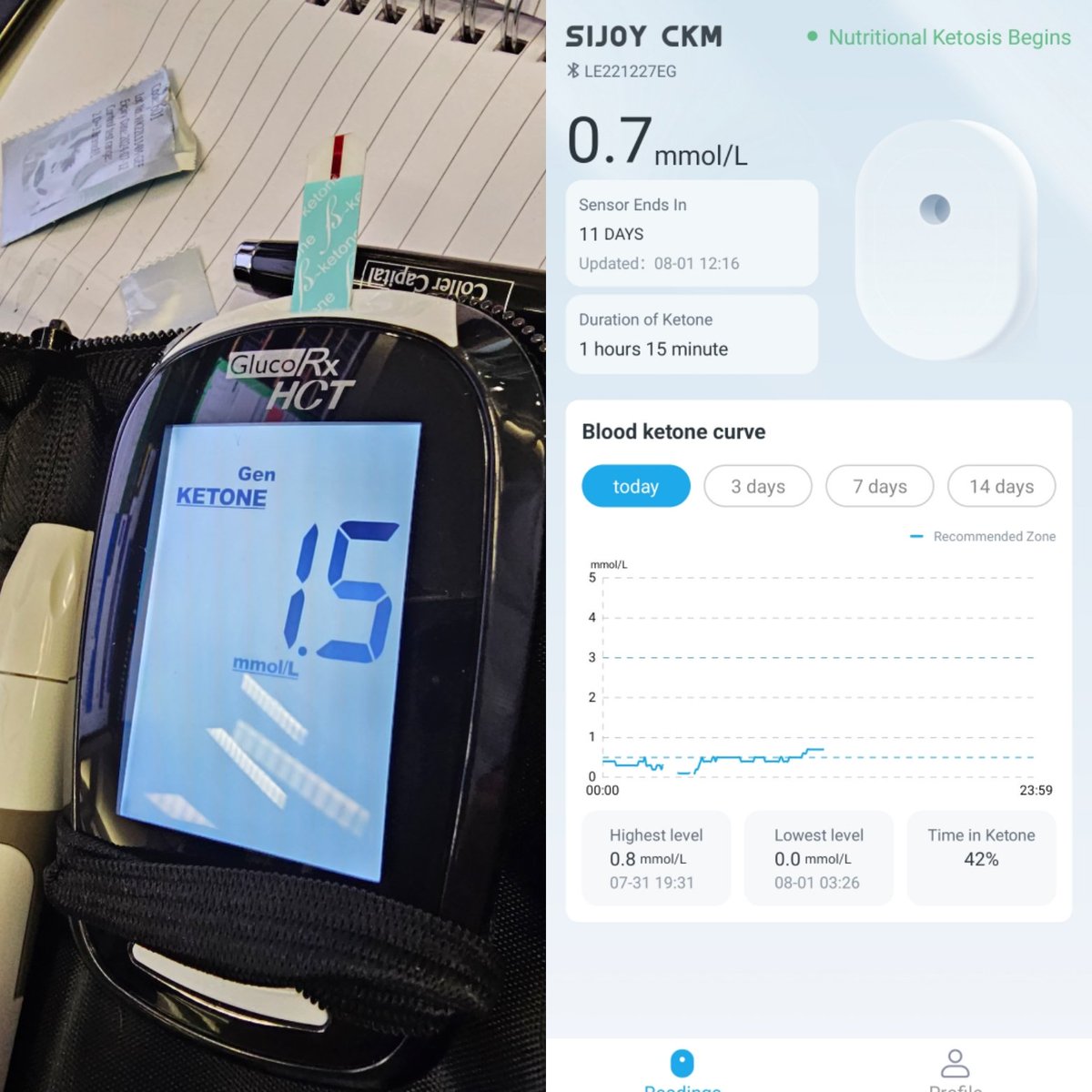If you're in #Lomdon and have #T1D, you may be interested in this thread. It outlines the @NHSLdn_CN for Diabetes pan-London plan for #cgm access.
There are three linked documents and some commentary.
#GBDoc
/1
There are three linked documents and some commentary.
#GBDoc
/1
The first document is the written pathway, that outlines the suggested implementation of NG17 across London:
england.nhs.uk/london/wp-cont…
#CGM
#GBDoc
/2
england.nhs.uk/london/wp-cont…
#CGM
#GBDoc
/2
The second document is a list of systems, split into three lists.
List 1 is the "specialist rtCGM" that needs your clinic involvement.
List 2 is FP10 (on prescription) rtCGM.
List 3 is FP10 isCGM (scanned).
england.nhs.uk/london/wp-cont…
#CGM
#GBDoc
/3
List 1 is the "specialist rtCGM" that needs your clinic involvement.
List 2 is FP10 (on prescription) rtCGM.
List 3 is FP10 isCGM (scanned).
england.nhs.uk/london/wp-cont…
#CGM
#GBDoc
/3
The final document is a flowchart that outlines the decision making process for which should be provided.
england.nhs.uk/london/wp-cont…
#CGM
#GBDoc
/4
england.nhs.uk/london/wp-cont…
#CGM
#GBDoc
/4
It's worth bearing in mind that the London ICSs have been involved in the creation of this guidance, so you should be able to take this to your GP and say, "This is London guidance. Please give me "X" from the FP10 list.".
#CGM
#GBDoc
/5
#CGM
#GBDoc
/5
Within London, the following specific reasons are recommended for the List 1 devices.
#CGM
#GBDoc
/6
#CGM
#GBDoc
/6

Warning. The last page does discuss prioritisation of individuals where required and provides guidance as to how this might be done. Be aware that this included, as some areas may decide to implement it.
/7
/7
As I understand it, most areas will have something similar to guide provision of CGM according to NG17, as well as a similar approach for children and adolescents set up specifically for them.
If your area hasn't done anything yet, I suggest waving this under their noses.
/End
If your area hasn't done anything yet, I suggest waving this under their noses.
/End
@threadreaderapp unroll
• • •
Missing some Tweet in this thread? You can try to
force a refresh















